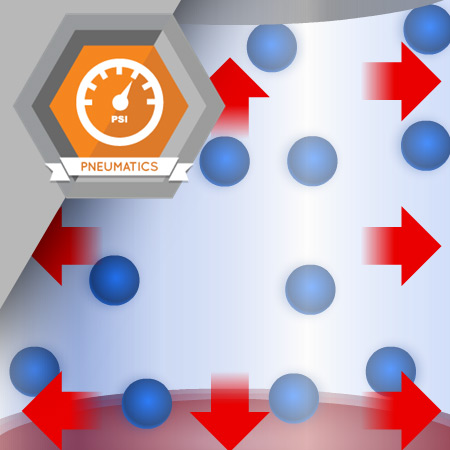
Pneumatics is a technology that uses compressed air to make things move. Pneumatics has been used for thousands of years and has many industrial and commercial applications.
Learning Objectives
- Define pneumatics
- Define compressed air
- List the advantages of compressed air
- Explain the importance of pneumatics in automation
- List industrial and commercial applications where pneumatics are used
- Explain the historical evolution of compressed air technology
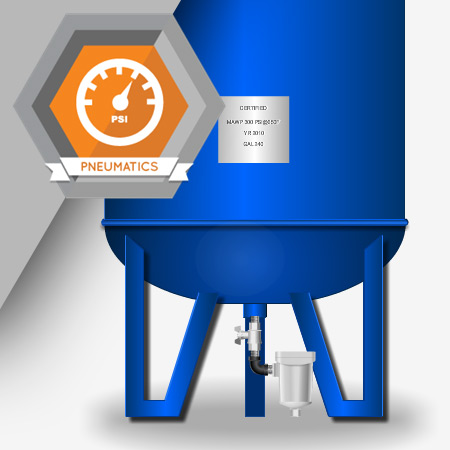
Pneumatic systems are designed to efficiently produce, prepare, deliver, and use compressed air. As air travels through the system, it is compressed, cleaned, cooled, and treated before it is delivered to a mechanical device.
Learning Objectives
- Define the pneumatic production system
- Define the pneumatic consumption system
- List the components of the production system
- List the components of the consumption system
- Explain the qualities of compressed air
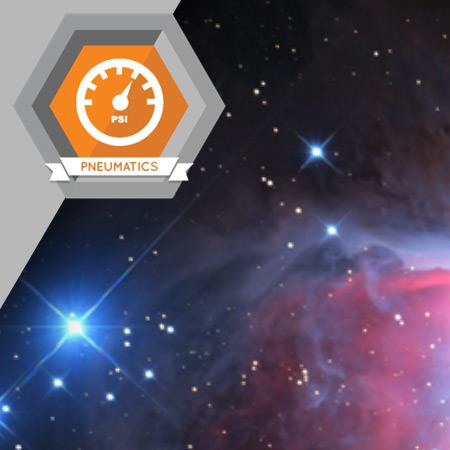
In a pneumatic system, compressed air is used to create work. Because compressed air is a gas, it is important to understand how gases behave with changes in pressure, temperature, and volume. There are a few fundamental laws of gases that will help you understand these relationships.
Learning Objectives
- Define the three primary states of matter
- Explain how temperature affects the states of matter
- Explain the relationships between the pressure temperature and volume of a gas
- Define pressure
- Define flow
- Describe humidity and how it is measured
- Explain how all of these work together in a pneumatic system
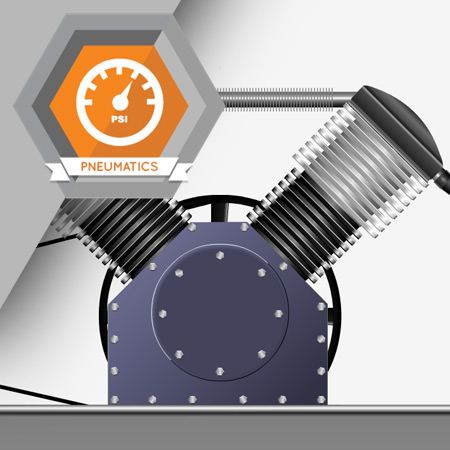
Delivering compressed air into industrial pneumatic devices requires a complex system with many important components. Each of these components plays an essential part in the production of the proper amount of quality compressed air.
Learning Objectives
- Define the purpose of an air compressor
- Identify the different methods for air compression
- Explain how a positive displacement compressor compresses air
- Explain how a dynamic compressor compresses air
- Define the purpose of the air receiver
- Identify the elements of an air receiver
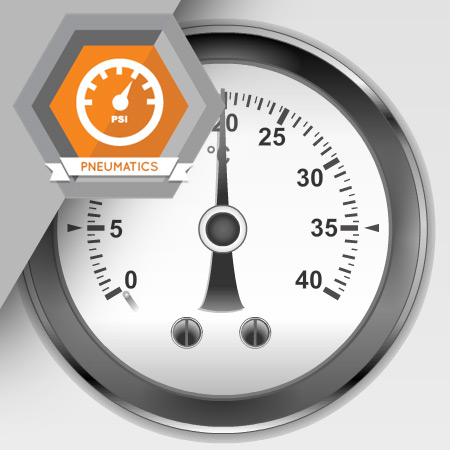
Compressing air produces heat, oil, and concentrated water. Before compressed air is distributed, it must be cooled, dried, and filtered. Once the compressed air is properly prepared, it is then distributed through an engineered network of pipes and fittings.
Learning Objectives
- Explain the need for air dehydration
- List the devices used to remove water from the compressed air
- Define the need for air filtration
- List the types of air distribution systems
- List the materials used to construct a distribution system
- Explain the advantages of each system
- Explain how to size an air distribution system
- Define the primary types of air fittings
